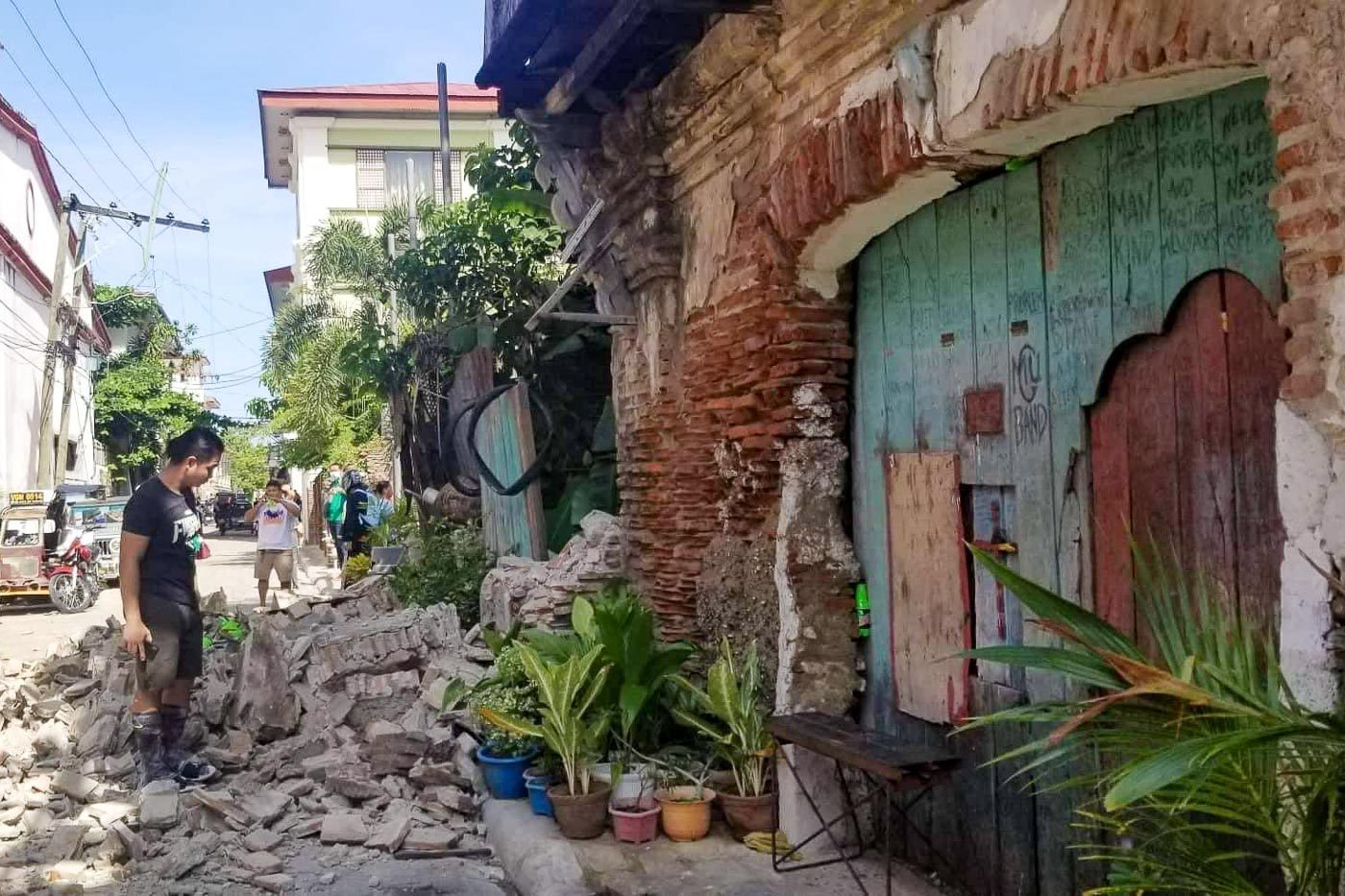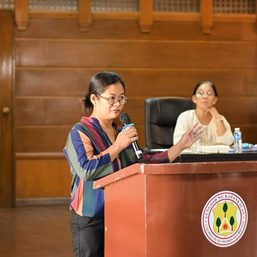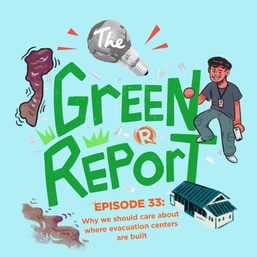SUMMARY
This is AI generated summarization, which may have errors. For context, always refer to the full article.

MANILA, Philippines – The Government Service Insurance System (GSIS) reported that, as of December 2022, just less than half of local government properties were insured with their agency.
This was revealed during the committee deliberation on Tuesday, August 1, on Senate Bill 1635, which seeks to require local governments to insure all of their buildings and physical structures.
In the bill’s explanatory note, Senator JV Ejercito highlighted the vulnerability of the Philippines to natural disasters. Citing a report from the Asian Centre for Flood Control, he said eight of the world’s 10 most disaster-prone cities were in the country.
The Property Insurance Law requires every level of government, except a municipal government below first class, to insure its properties.
While first-class municipalities are mandated to insure their properties, not all of them are fully compliant. The GSIS observed that at least 9% of first-class cities and 28.18% of first-class municipalities had not secured insurance for their properties.
The GSIS reported that merely 31.69% of 2nd- to 6th-class municipalities had opted to insure their properties.
The League of Cities and the League of Provinces welcomed the Senate bill, but raised budget concerns given the devolution of more responsibilities from the national governments to local governments, which is expected to be fully implemented by 2024.
The League of Cities also noted that poor towns were more vulnerable to disaster and had to pay a higher premium.
Both of the leagues had asked for possible assistance from the national government to cover the insurance.
On average, 20 typhoons hit the Philippines every year, according to the weather bureau. Based on Rappler’s own tally, typhoon damage in agriculture reached over P12 billion in 2020, surpassing the P8 billion from 2019. – Rappler.com
Add a comment
How does this make you feel?









There are no comments yet. Add your comment to start the conversation.